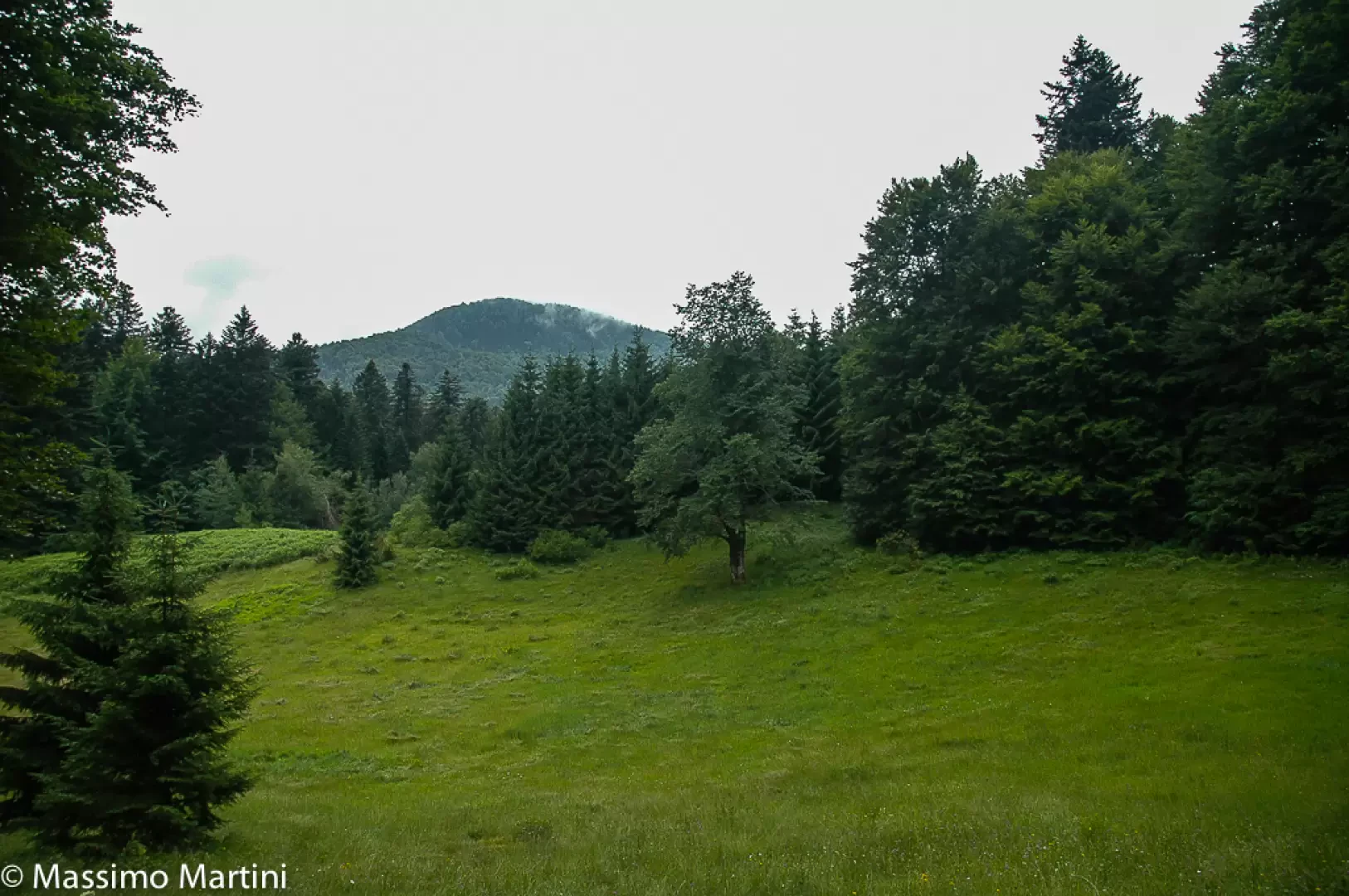Risnjak Park

Access
The Risnjak National Park is easily accessible by car due to its proximity to the city of Rijeka and the Croatian motorway network, particularly via the Delnice and Rijeka motorway exits. The main entrance to Crni Lug/Bijela Vodica is well signposted and has a car park, info-point and visitor centre. There are bus connections from Rijeka to Delnice and from there to the villages of Gorski Kotar; however, the car remains the recommended means of transport for flexibility in travel. The area of the Kupa River and the main trails can be reached by short trips both from the Croatian side and from neighbouring Slovenia. The network of well-marked trails is accessible to hikers of all levels, while the Leska educational trail allows an easy approach even for families and less experienced visitors.
For organised tours, up-to-date information on trails and services, please consult the official park website or contact the visitors' centre in Crni Lug.
Introduction
The Risnjak National Park is located in the Gorski Kotar region, the most forested area in western Croatia, about 15 kilometres northeast of the city of Rijeka. The main entrance is in Bijela Vodica, near the village of Crni Lug, where the Park's headquarters and visitor centre are also located. Established in 1953, the park protects an area of 63.5 square kilometres encompassing the central part of the Risnjak massif, the nearby Snježnik and the upper reaches of the Kupa River, including the spring area.
Description
Risnjak represents an outstanding example of the Dinaric mountain system due to the richness of its geological, hydrological and climatic aspects. The area is marked by characteristic Dinaric karst phenomena, such as dolines, cavities and limestone morphologies, with altitudes ranging from 290 metres in the Kupa River Valley to 1,528 metres at the Veliki Risnjak peak. The park thus constitutes a natural link between the Alps and the Dinarides and an important ecological corridor for large European carnivores.
The forest cover, consisting mainly of beech and fir, is home to over 1,100 species of flora, including some rare ones such as edelweiss (Leontopodium alpinum), Clusius gentian and arnica montana. On the meadows and in the summit areas, alpine and Balkan species testify to the biogeographical variety resulting from post-glacial migrations. The fauna is one of the most interesting elements: Risnjak is one of the few places in Europe where three large predators - the lynx, wolf and brown bear - coexist, as well as deer, roe deer, chamois, numerous species of birds of prey and a surprising variety of invertebrates and butterflies. The park is named after the lynx (ris in Croatian), the elusive feline symbol of these forests, which, together with other large mammals, finds a protected and sparsely man-made habitat here.
In spite of its small size, the Risnjak Park offers a surprising complexity of natural phenomena, from karst springs to residual glacial environments. The Leska educational trail, starting from the Crni Lug visitor centre, allows visitors to discover the natural history of the area, the structure of the forest and the richness of local biodiversity on foot. Hikers can reach the summit of Veliki Risnjak, whose panoramic views extend as far as the Adriatic, Istria and the Slovenian Julian Alps. In the milder months, the meadows are coloured with orchids, gentians and bluebells; in autumn, the forests are tinged with warm red-gold tones.
Information
Area: 63.5 km²
Altitude: from 290 m (Kupa Valley) to 1528 m (Veliki Risnjak)
Municipalities concerned: mainly Crni Lug (Bijela Vodica)
Year of establishment: 1953
Managing body: Risnjak National Park (direction to Crni Lug)
Main habitats: beech and fir forests, alpine pastures, karst environments, Kupa spring
Protected fauna: lynx, wolf, brown bear, deer, chamois, birds of prey, butterflies
Main accesses: Crni Lug/Bijela Vodica, Leska nature trail